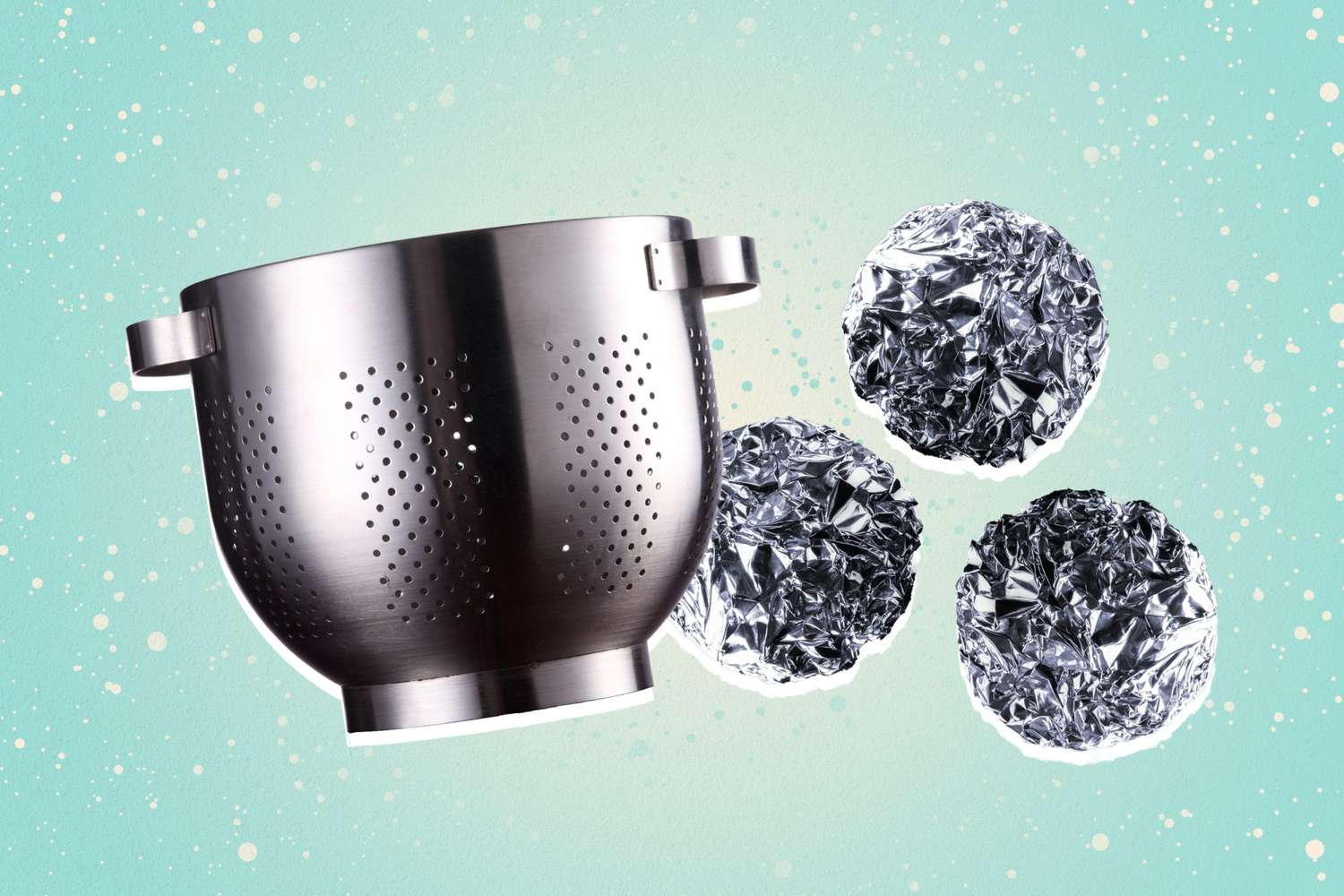

Articles
How To Steam Without A Steamer
Modified: March 1, 2024
Discover how to steam your favorite articles without a steamer. Easy and practical tips for achieving perfect results.
(Many of the links in this article redirect to a specific reviewed product. Your purchase of these products through affiliate links helps to generate commission for Storables.com, at no extra cost. Learn more)
Introduction
Steaming is a cooking method that has been used for centuries to prepare a variety of delicious and healthy dishes. It involves using steam to cook food, which helps to retain nutrients, flavors, and textures. While many people use a steamer to accomplish this, not everyone has access to this kitchen tool. However, fear not! There are alternative methods you can use to steam your food without a steamer.
In this article, we will explore five different methods that you can employ to steam food without a steamer. From using common kitchen items such as pots and colanders to utilizing a microwave, these methods are easy to follow and yield excellent results. Whether you’re a cooking enthusiast looking to experiment with new techniques or simply someone who wants to enjoy steamed food without investing in an additional kitchen gadget, these methods will come in handy.
So, without further ado, let’s dive into the world of steaming without a steamer and discover how you can recreate delicious steamed dishes right in your own kitchen.
Key Takeaways:
- Steaming without a steamer is possible using everyday kitchen items like pots, colanders, and even aluminum foil. Get creative and enjoy delicious steamed dishes without investing in additional gadgets.
- Whether using a pot and steamer basket, a metal strainer, a bamboo steamer, or the microwave, there are multiple ways to achieve the benefits of steaming without a traditional steamer. Experiment with different methods and elevate your cooking game!
Read more: How To Steam Tofu Without Steamer
Method 1: Using a Pot and a Steamer Basket or Colander
One of the simplest ways to steam food without a steamer is by using a pot and a steamer basket or colander. This method is versatile, as most kitchens have pots and either a steamer basket or a colander.
To start, fill the pot with about an inch of water. Place the steamer basket or colander inside the pot, ensuring that it sits above the water level. If you’re using a colander, make sure it fits snugly inside the pot to create a seal.
Next, bring the water to a boil over medium heat. Once the water is boiling, reduce the heat to low and place the food you want to steam into the steamer basket or colander. Cover the pot with a lid to trap the steam inside.
The steam generated from the boiling water will rise and cook the food in the steamer basket or colander. The cooking time will vary depending on the type of food you’re steaming, so it’s important to refer to specific recipes or guidelines for cooking times.
After the specified cooking time, carefully remove the steamer basket or colander from the pot using oven mitts or tongs to avoid burns. Place the food on a plate or serving dish and enjoy your perfectly steamed creation.
This method is great for steaming vegetables, fish, dumplings, and more. It allows for even heat distribution and ensures that your food is cooked to perfection. Additionally, it is a cost-effective and easily accessible option, as you only need basic kitchen items.
With method 1, you can steam delicious and healthy meals without investing in a steamer. So, grab your pot, steamer basket or colander, and get ready to steam up some delectable dishes in no time.
Method 2: Using a Metal Strainer or Sieve
If you don’t have a steamer basket or colander, fret not! You can still achieve the steaming effect by using a metal strainer or sieve. This method is a great alternative and can be easily done with items commonly found in most kitchens.
To begin, choose a pot that is wide enough to accommodate the metal strainer or sieve. Fill the pot with about an inch of water, ensuring that the water level is below the bottom of the strainer or sieve when it is placed inside the pot.
Place the metal strainer or sieve over the pot, making sure that it sits securely. The holes in the strainer or sieve should not touch the water. If needed, you can place a small heatproof bowl or dish on the bottom of the pot to act as a platform for the strainer or sieve.
Now it’s time to add the food you want to steam. Arrange the ingredients on top of the metal strainer or sieve, ensuring that there is enough space for the steam to circulate. It’s important to note that the food should not be submerged in the water.
Once your food is in place, cover the pot with a lid and turn the heat to medium-high. Allow the water to come to a boil, and let the steam cook the food in the metal strainer or sieve.
The steam from the boiling water will rise and envelop the food, cooking it evenly and gently. Keep a close eye on the cooking time, as it may vary depending on the type and quantity of food you’re steaming.
Once the food is cooked to your desired level of doneness, carefully remove the metal strainer or sieve from the pot using oven mitts or tongs. Transfer the steamed food to a plate or serving dish, and it’s ready to be savored.
Method 2 offers a quick and effective way to steam food using a metal strainer or sieve. This method works well for vegetables, seafood, and even steamed buns. Just remember to choose a pot and strainer or sieve that are compatible in size to ensure proper steam circulation.
Now that you have another method in your steaming repertoire, you can explore a wider range of dishes without the need for a traditional steamer.
Method 3: Using a Plate and Aluminum Foil
When it comes to creativity in the kitchen, using a plate and aluminum foil can be a surprisingly effective way to steam food without a steamer. This method is ideal for individual servings and requires minimal effort.
To get started, select a microwave-safe plate that is large enough to hold your food without overcrowding. Place the food in the center of the plate, ensuring it is evenly distributed.
To create the steam chamber, cover the plate with a sheet of aluminum foil, ensuring that it is tightly secured around the edges. It’s important to leave some space between the food and the foil to allow for the steam to circulate.
Now it’s time to initiate the steaming process. Place the plate in the microwave and cook on high power for a few minutes. The exact cooking time will vary depending on the microwave’s wattage and the type of food you’re steaming. As a general guideline, start with shorter cooking times and check for doneness periodically.
Once the food is cooked to your desired level, carefully remove the plate from the microwave using oven mitts or a towel to avoid burns. Remove the aluminum foil, being cautious of the hot steam that will be released.
Transfer the food to a serving dish, and you’re ready to enjoy your steamed creation. This method is perfect for steamed vegetables, fish fillets, and even dumplings.
Using a plate and aluminum foil provides a simple and convenient way to achieve the steaming effect without the need for specialized equipment. Plus, it’s a great option for those who prefer steaming in the microwave rather than using the stovetop.
So, if you’re looking for a quick and inventive way to steam your favorite dishes, give Method 3 a try and experience the magic of steaming with just a plate and some aluminum foil.
You can use a metal colander or a heatproof plate placed in a pot with a small amount of water to create a makeshift steamer. Place the food on top, cover with a lid, and steam as usual.
Method 4: Using a Bamboo Steamer
One of the most traditional and authentic ways to steam food is by using a bamboo steamer. While it may seem like a specialized tool, bamboo steamers are relatively affordable and can be found in many kitchen stores or online.
To utilize a bamboo steamer, start by filling a pot with water, making sure the water level is below the bottom of the steamer when placed inside. Bring the water to a boil over medium heat.
While the water is heating, prepare your food by placing it inside the bamboo steamer’s compartments. Make sure to leave enough space between each item to ensure proper steam circulation. For example, you can stack vegetables in one layer and seafood or dumplings in another.
Once the water is boiling, carefully place the bamboo steamer on top of the pot, ensuring it fits snugly. The steam from the boiling water will rise through the bamboo slats, gently cooking the food.
Keep an eye on the cooking time, as it will vary depending on the ingredients and the styles of food you’re steaming. The natural bamboo material helps to lock in the moisture, resulting in tender and flavorful dishes.
When the food is fully cooked, lift the bamboo steamer from the pot using oven mitts or tongs to avoid burns. Transfer the steamed food to a serving dish or enjoy it directly from the steamer.
Bamboo steamers are versatile and can be used for a wide range of dishes, including dim sum, buns, vegetables, and even desserts. They provide a traditional and authentic method of steaming that imparts a unique flavor and texture to your meals.
To maintain your bamboo steamer’s quality and longevity, make sure to wash it thoroughly with warm water after each use, avoiding the use of soap. Allow it to air dry completely before storing.
If you’re a fan of Asian cuisine or simply enjoy steaming with a touch of tradition, incorporating a bamboo steamer into your kitchen arsenal is a worthwhile investment. Experience the charm and flavors of steaming with Method 4.
Read more: How To Steam Milk Without Steamer
Method 5: Using a Microwave
If you’re looking for a quick and convenient way to steam your food, using a microwave can be a game-changer. This method is ideal for those who prefer a hassle-free approach and want to enjoy steamed dishes in a matter of minutes.
To begin, place the food you want to steam in a microwave-safe container. Make sure to choose a container that is suitable for high heat and has a lid or can be covered with a microwave-safe covering.
Add a small amount of water to the container. The amount will vary depending on the type and quantity of food you’re steaming. As a general guideline, start with around 2 tablespoons of water for 1-2 servings.
Cover the container with the lid or microwave-safe covering, leaving a small vent to allow steam to escape. This venting may be achieved by loosely placing the lid on the container or using microwave-safe plastic wrap with a few small punctures.
Place the container in the microwave and set the cooking time according to the specific food you’re preparing. Start with shorter cooking times and adjust as needed. It’s important to note that microwaves vary in power, so it may take some trial and error to find the optimal cooking time for your specific model.
Once the cooking time is complete, use oven mitts or a towel to carefully remove the container from the microwave. Be cautious of the hot steam that will be released when removing the lid or covering.
Allow the food to rest for a few minutes before serving to ensure it is cooked thoroughly and evenly. Use caution when removing the lid or covering, as steam may still be present and can cause burns.
This microwave method is ideal for steaming vegetables, fish fillets, and even grains like rice or quinoa. It’s a practical and time-saving technique that allows you to enjoy steamed dishes in no time.
Keep in mind that the microwave may not provide the same texture or depth of flavor as some other steaming methods. However, it is a convenient option for those who are short on time or prefer a simpler approach.
With Method 5, you can explore the world of steamed dishes using your microwave as a reliable and efficient steaming tool.
Conclusion
Steaming food without a steamer may seem like a challenge, but with the right methods, you can achieve delicious, healthy, and perfectly steamed dishes right in your own kitchen. Throughout this article, we explored five different methods that allow you to steam food without the need for a traditional steamer.
Using a pot and a steamer basket or colander provides a versatile and cost-effective option. Utilizing a metal strainer or sieve offers a practical alternative for steaming your favorite ingredients. Using a plate and aluminum foil allows for creative and convenient steaming. Employing a bamboo steamer brings a touch of tradition and authenticity to your cooking. And finally, resorting to the microwave provides a quick and hassle-free way to enjoy steamed dishes.
Each method has its own unique benefits and may be more suitable for specific dishes or cooking preferences. Whether you’re steaming vegetables, fish, dumplings, or other delectable ingredients, these methods can be easily adapted to suit your needs.
Experiment with different flavors, spices, and ingredients to create your own steamed masterpieces. The beauty of steaming lies in its ability to preserve the natural flavors and nutrients of the food, while imparting a delicate and moist texture.
So, whether you’re cooking for health reasons, exploring new culinary techniques, or simply looking for a nutritious and flavorful meal, give these methods a try and experience the wonders of steaming without a steamer.
With a little creativity and resourcefulness, you can enjoy the benefits of steamed cuisine and elevate your cooking to new heights. So, don’t let the absence of a steamer hold you back – start steaming today and savor the delightful results!
Frequently Asked Questions about How To Steam Without A Steamer
Was this page helpful?
At Storables.com, we guarantee accurate and reliable information. Our content, validated by Expert Board Contributors, is crafted following stringent Editorial Policies. We're committed to providing you with well-researched, expert-backed insights for all your informational needs.
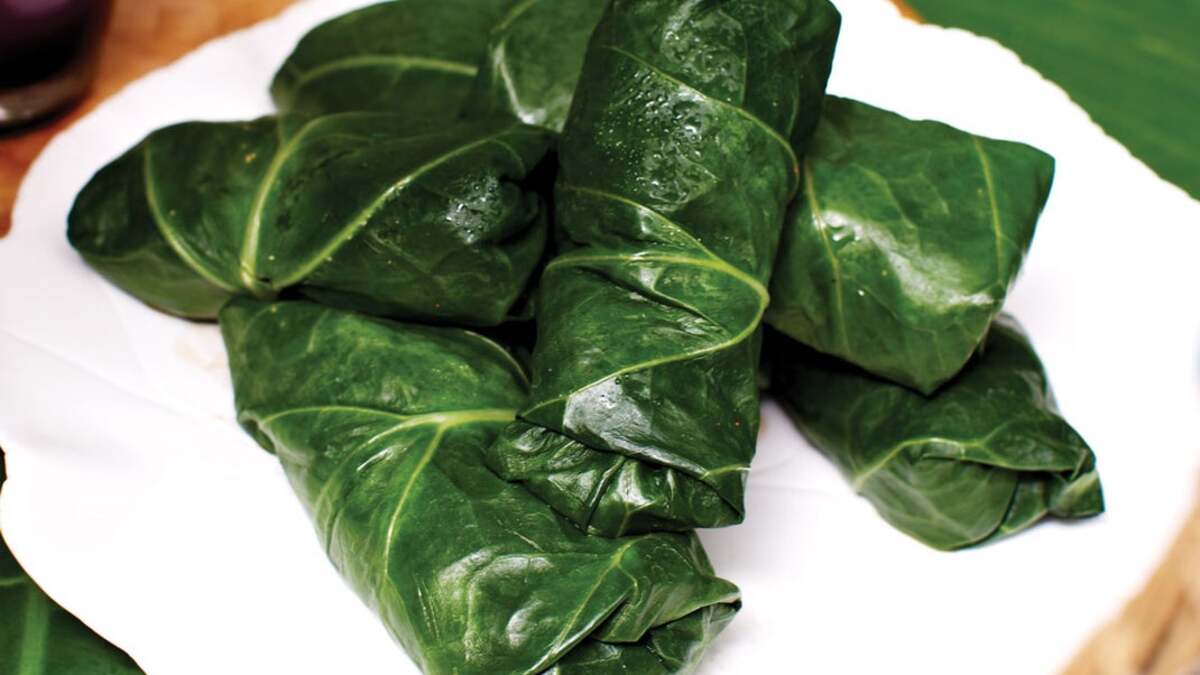
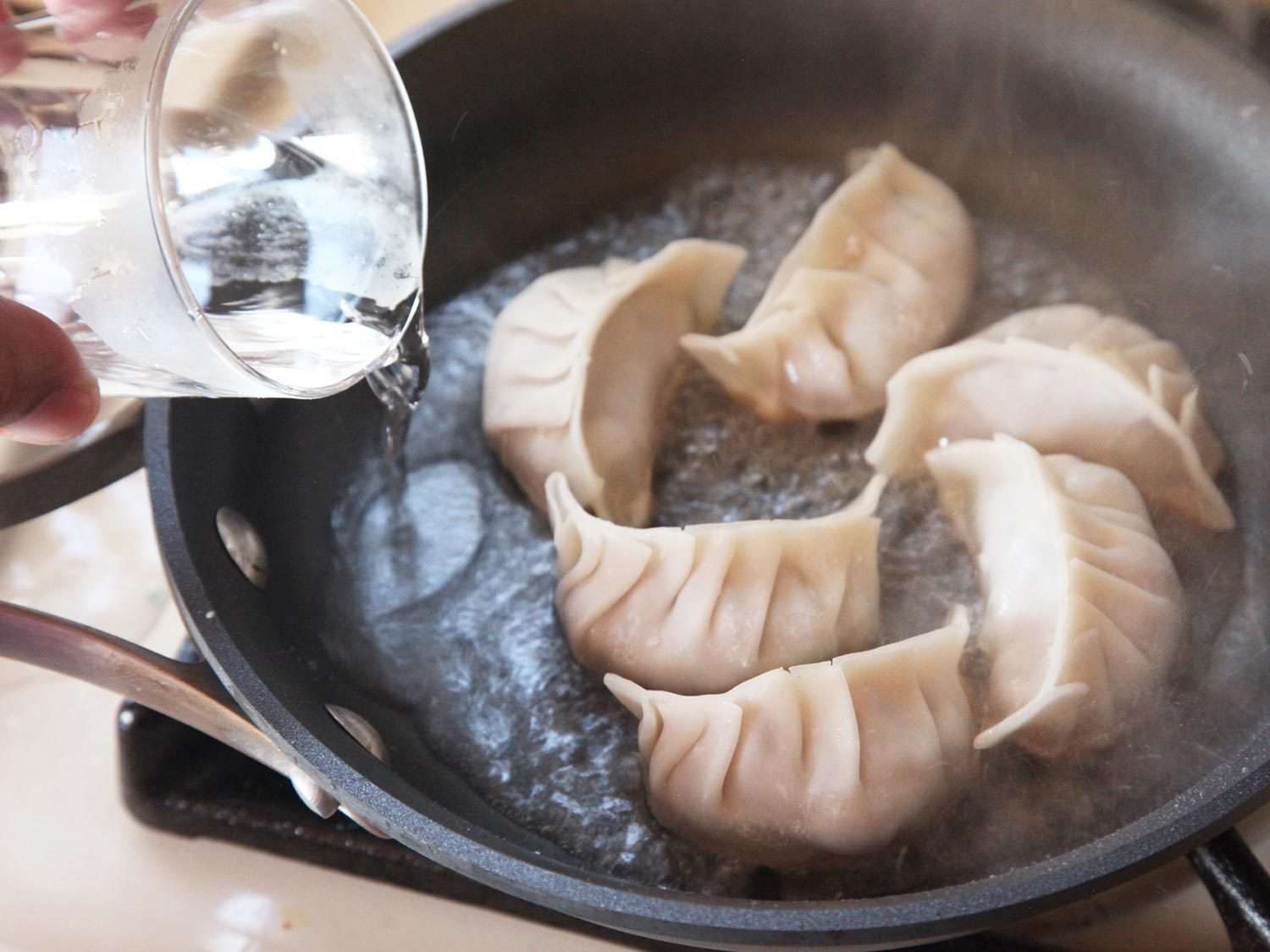
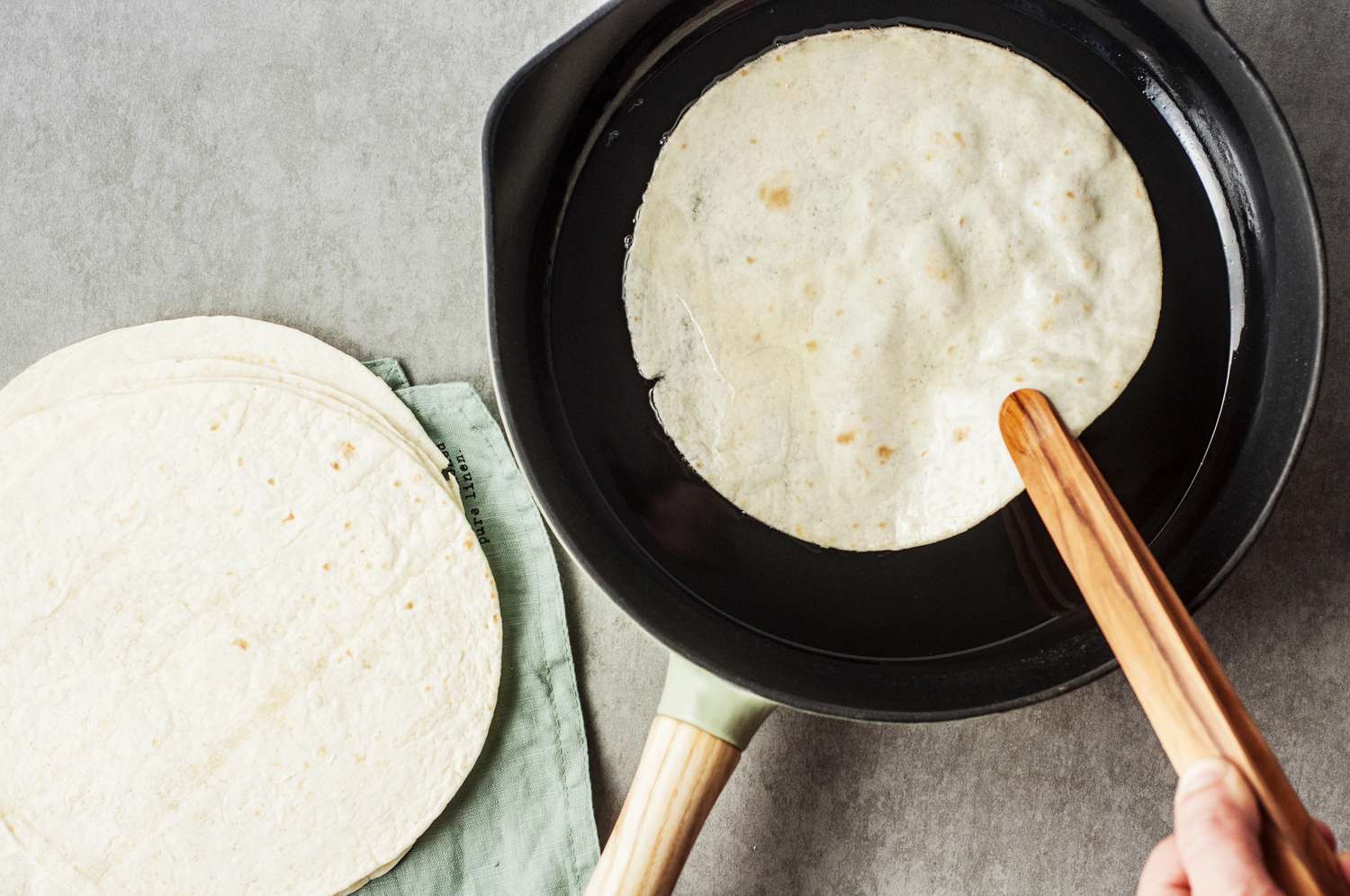
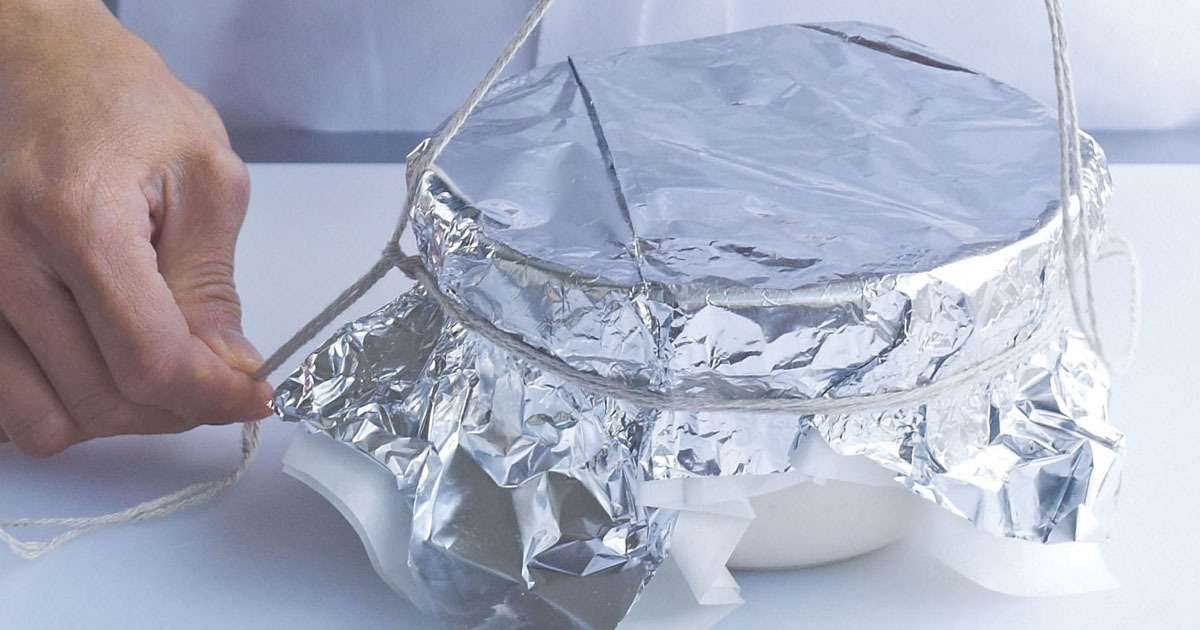
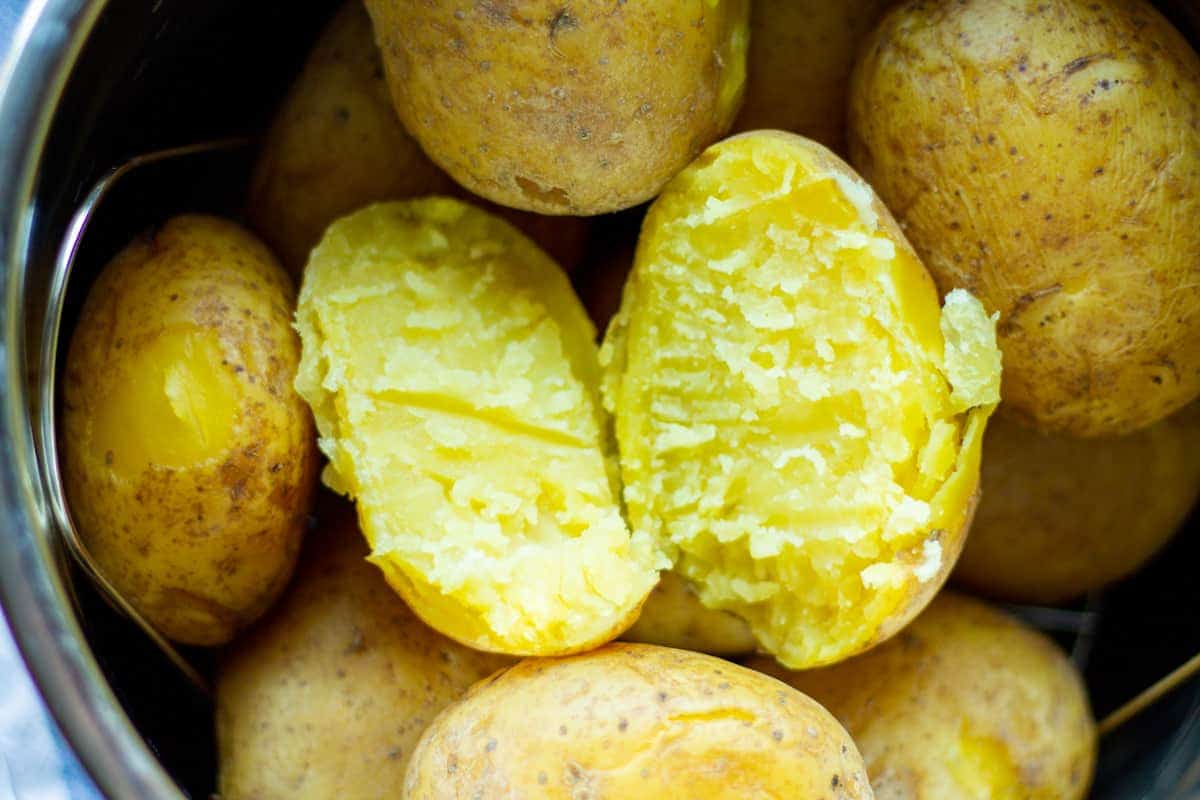

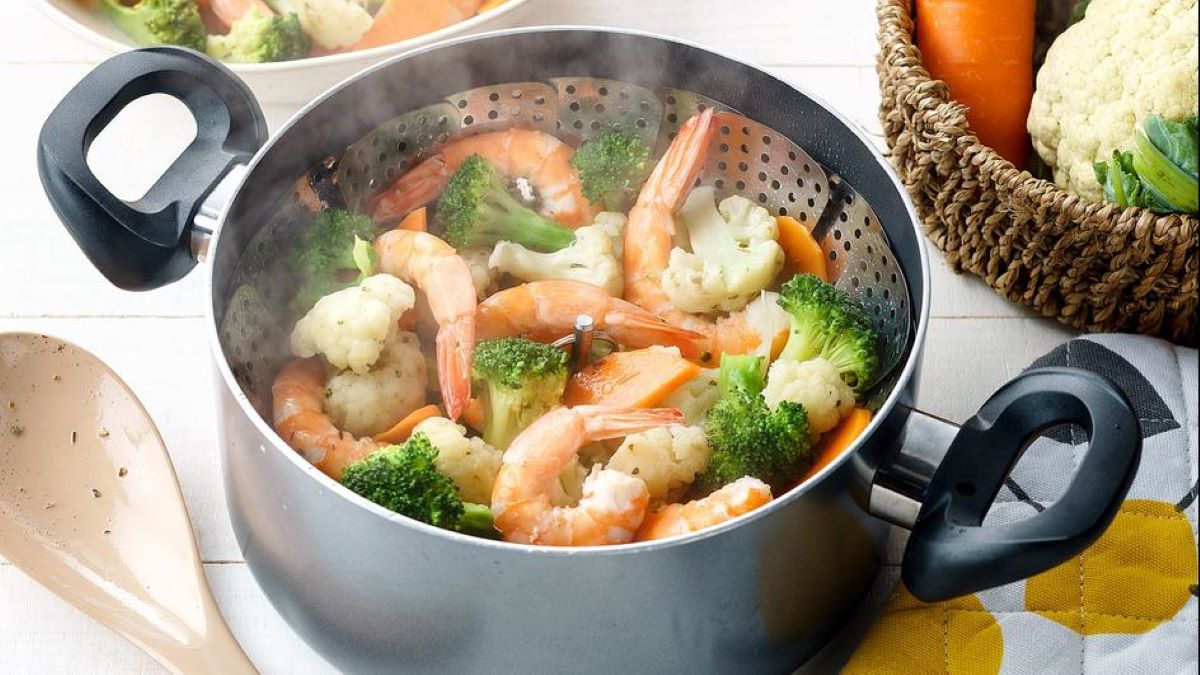

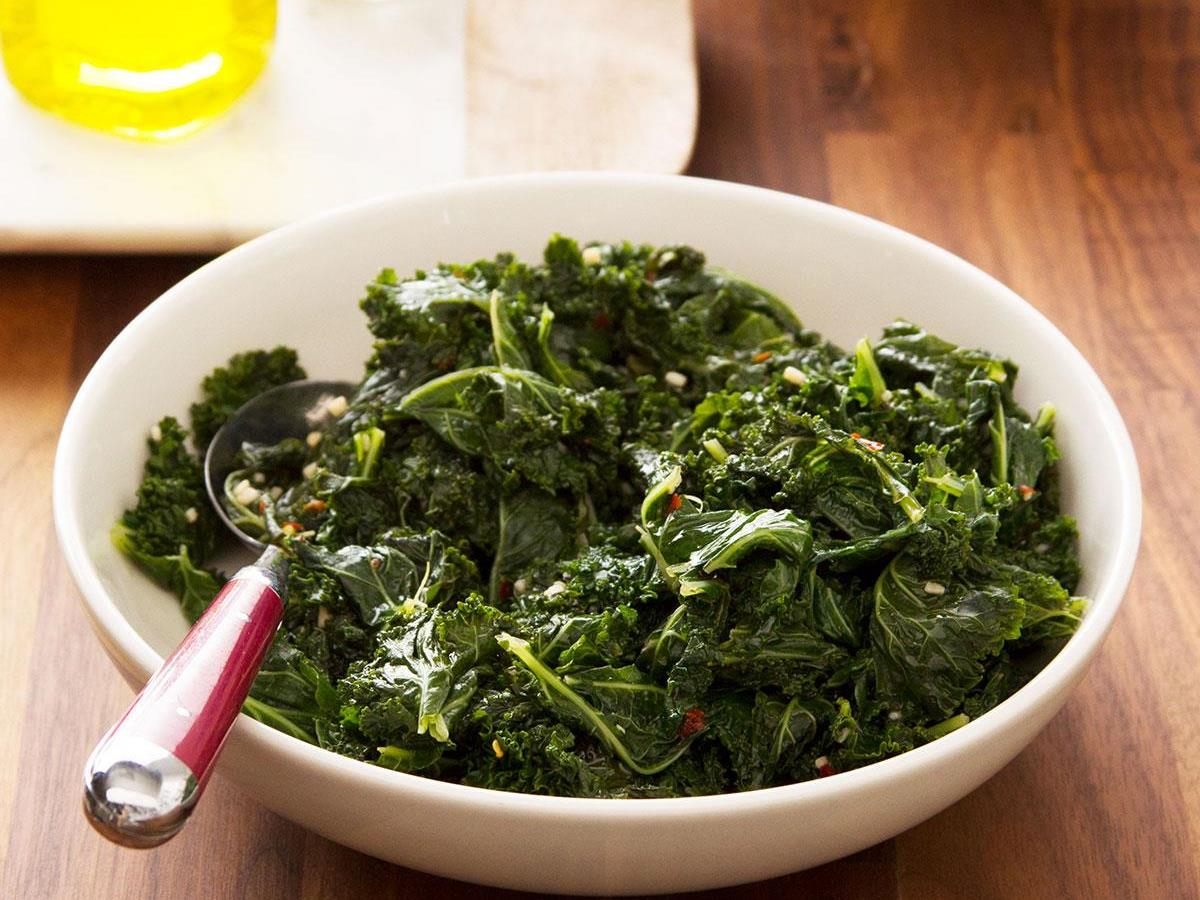

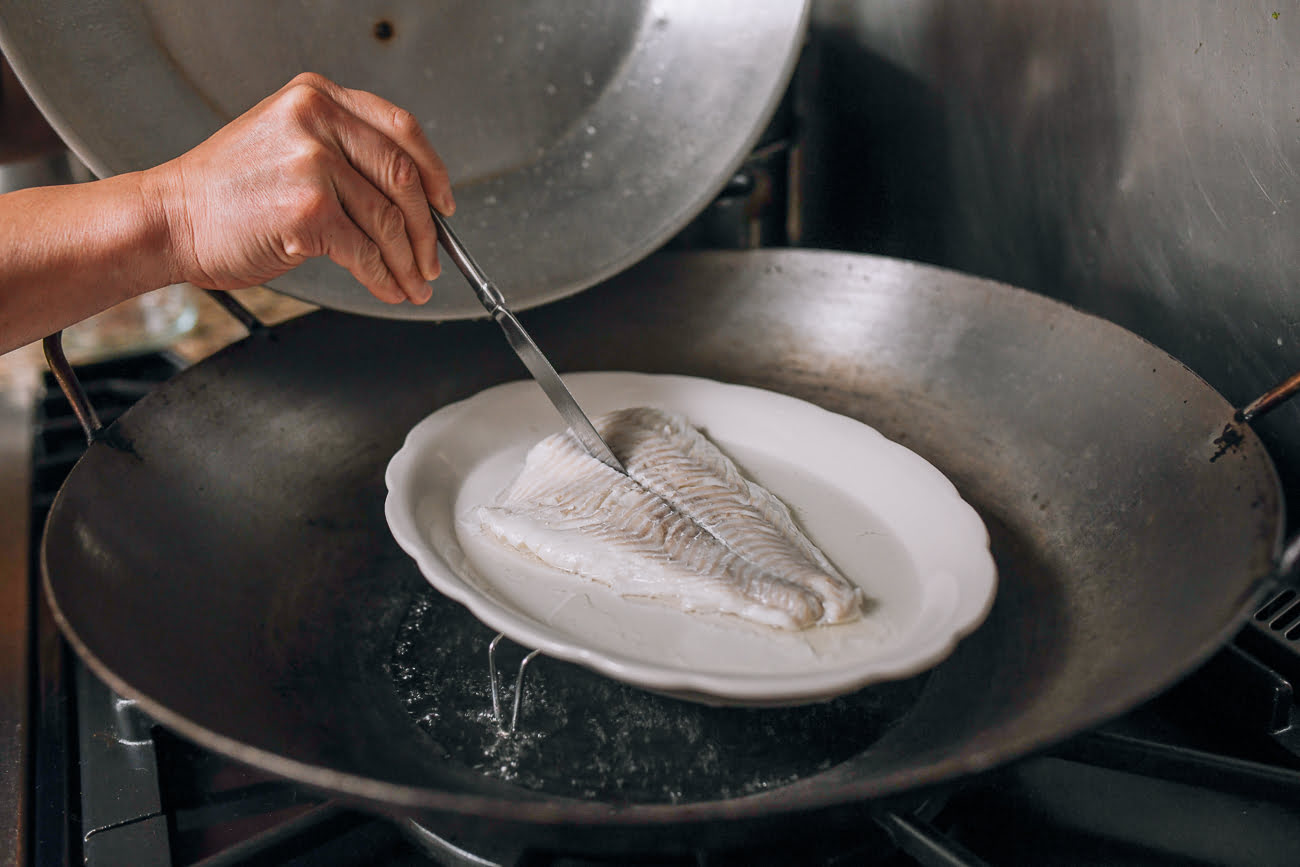
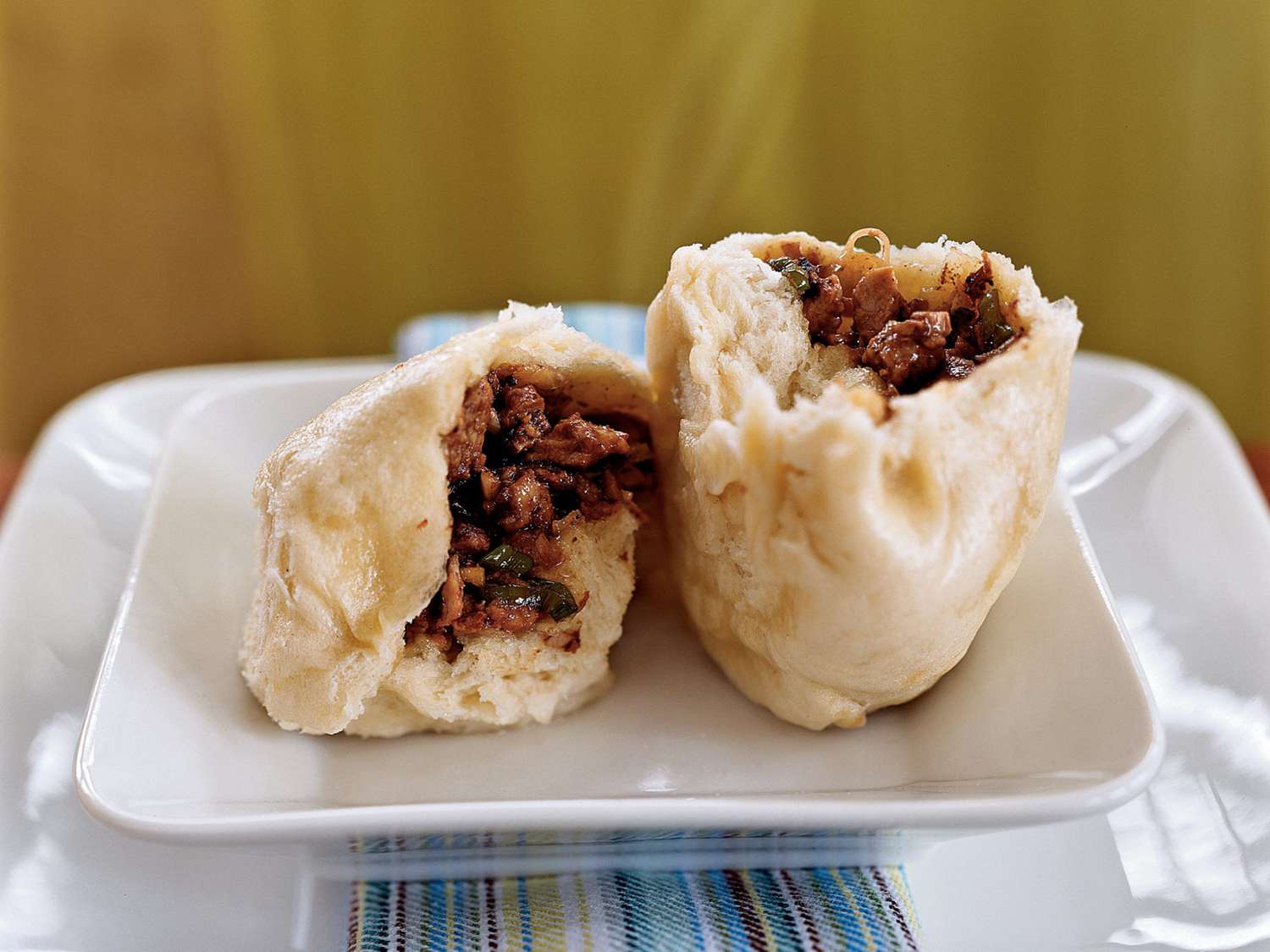



0 thoughts on “How To Steam Without A Steamer”